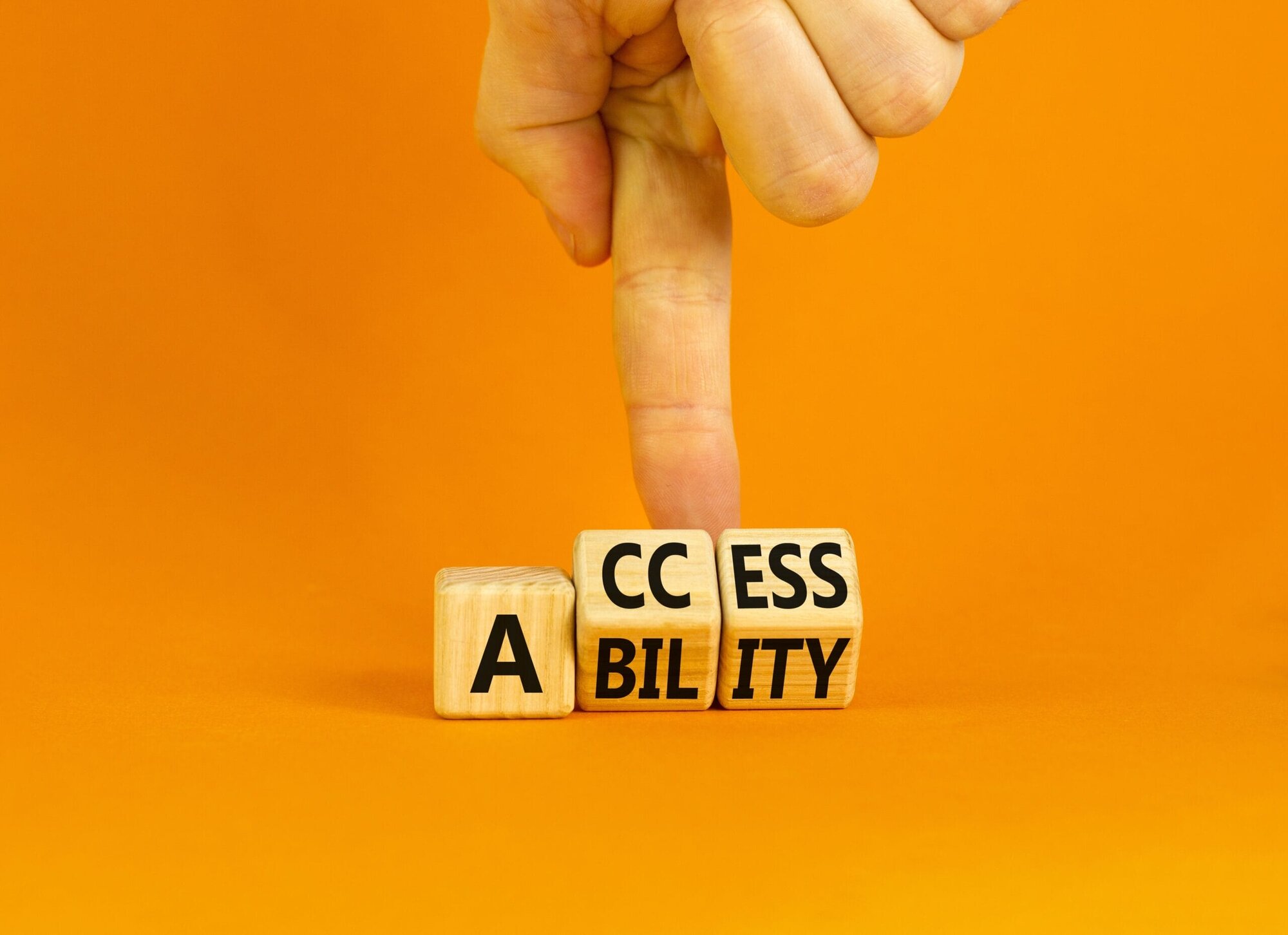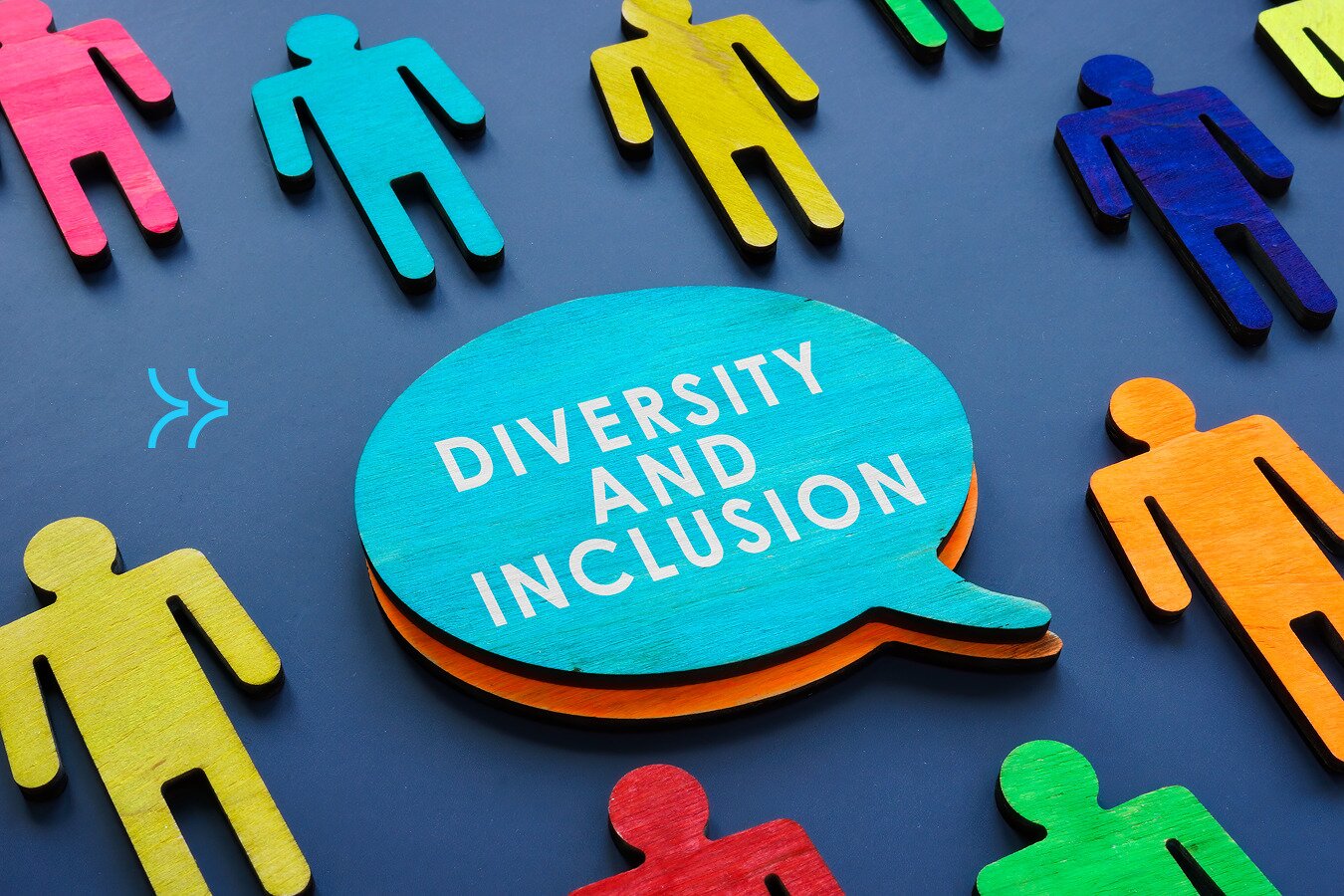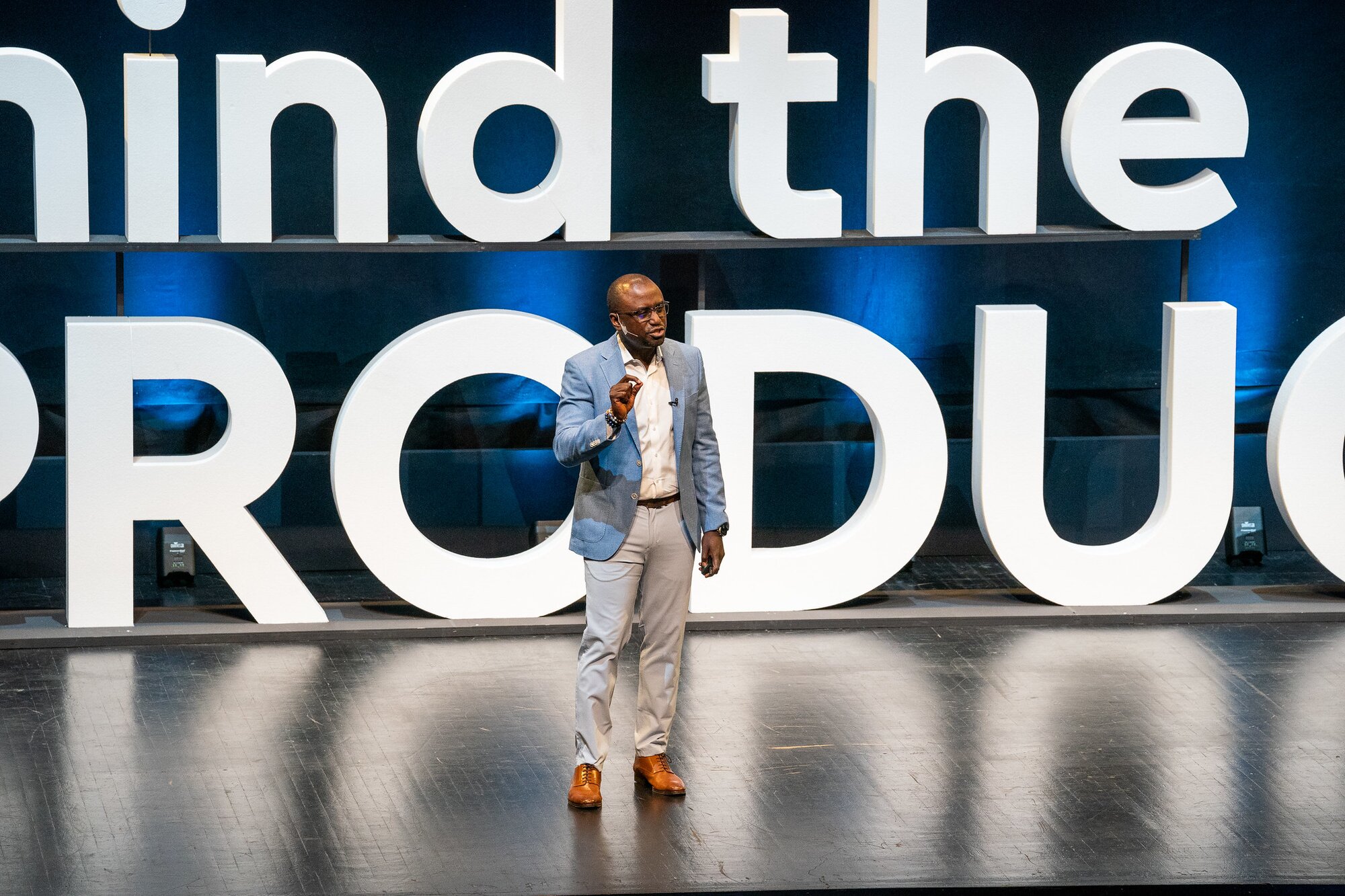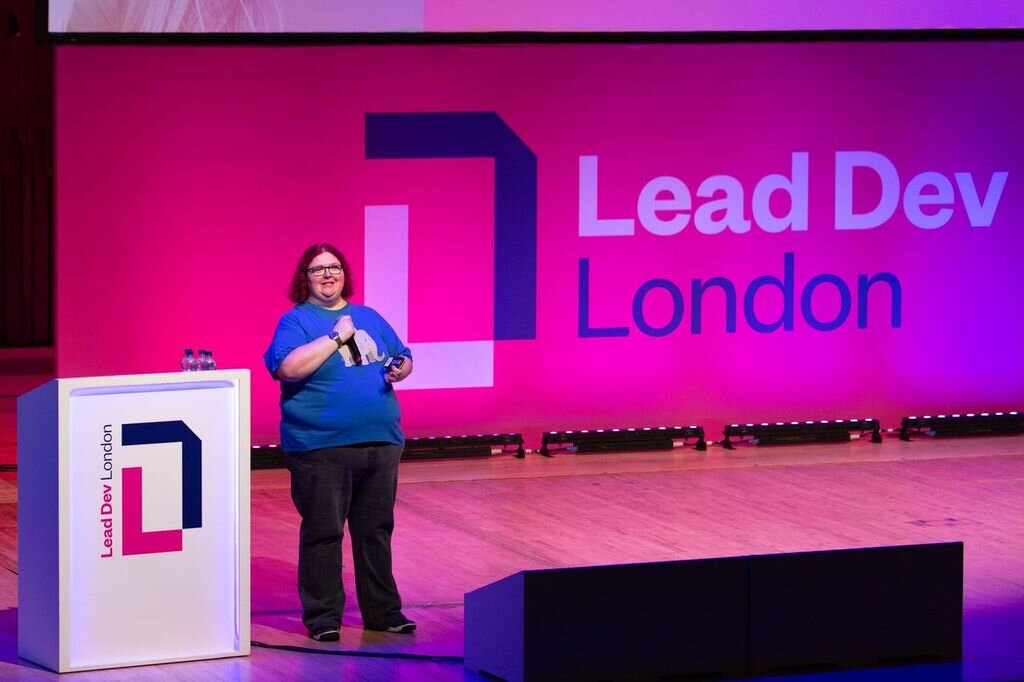In this #mtpcon Digital Americas keynote, Dave Dame, Director of Accessibility at Microsoft, discusses the benefits of prioritising product inclusivity, encouraging cognitive diversity, and redefining the status quo in order to create futureproof products that are usable by all.
Watch the talk in full or read on for the overview. Mind the Product members can also watch the recordings of all our #mtpcon Digital Americas talks here.
Dave describes how, as a boy with cerebral palsy, doctors told his parents he would not live past the age of 12, may never speak clearly, and recommended he be institutionalised. Society’s message to Dave and his family was, “if you cannot fit in this world […] then we cannot see you having a full life in this world”. Today with a 20-plus year product career Dave looks back positively. “I always like to say I couldn't have been born in a more perfect time in the world. I was born before anything of Inclusive and Accessibility existed […] luckily for me, the world was getting more diverse.”
Cognitive diversity as a competitive advantage
In 1995, Dave started his career as a tradable logistics coordinator — a role which at the time involved a lot of paperwork, taking the average employee nine hours to complete. For Dave the same task took 12 hours. “These hands weren't made for paperwork,” he says, “I was trying to fit into the world”.
The business noted the mismatch and recognised Dave, a recent Computer Science graduate, as the most-qualified to use one of the first computer’s being introduced to the office. Almost immediately a task that had taken eight or 12 hours could be completed in three. Dave says this wasn't because he was smarter than anyone else, but rather the result of supported cognitive diversity and an accommodated mismatch.
Technology as an enabler
While the computer had been revolutionary to Dave’s work, the addition of the early mouse alienated him from the tool due to his physical requirements. Something he similarly experienced with video games, which had been a key enabler accommodating his disability and allowing him to play sports with friends for the first time. However, when more physical controllers were introduced, they because unusable for him.
Dave points to the Microsoft Accessibility Controller as an example of how technology can be used to accommodate all — the modular controller was customisable “for a whole magnitude of abilities, so that way anybody could play [..] and allowed me to be an asshole again”.
So why is innovation so hard?
Problem solving, Dave says, is about understanding ‘mismatches’. He reflects back to the paperwork process at his first company, describing how nine hours was the accepted time for the task until the office was introduced to his 'mismatch' which, once accommodated, redefined the process.
Dave highlights four examples of how actively searching for and solving mismatches have led to innovations for all:
- Closed captioning: First created for hearing-impared people, but now widely used, for example in an environment where audio is difficult to hear or intentionally muted.
- Voice to text: Originally made for people to dictate correspondence, or for people who couldn’t physically type, now it’s our phones and used by people “screaming to Google, on a daily basis”.
- Texting: Created for people with trouble communicating, today a core requirement for all our devices.
- Audiobooks: Made for those with vision impairments and now accessed en masse to enjoy content.
Each example highlights a solution created to enhance the experience of a user with a permanent disability, but equally meets the needs of those with temporary disabilities and adds potential value to able-bodied users too. “Think about your product as an assistive technology opportunity,” Dave says, “because eventually over time we're all going to experience a mismatch”.
Building diverse product
Dave points to some of the requirements of the OCAD University inclusive design framework, highlighting the importance of bringing new different perspectives and cognitive diversity to the forefront of innovation. He presses us as product people to fully understand the requirements you’re meeting. “Do it by having somebody with a permanent disability, either on your team,” Dave says, encouraging a cognitive-first order, “or have access to those users”, inviting mismatches.
The benefits of working to address the most extreme user requirements should not be underestimated, Dave says, illustrating how when solving the average user need, we’re actually just addressing a sample size “roughly between 66 and 70% of the total user base”. And by meeting a greater number of users we’re also driving new business opportunities: “I always like to say, I have cerebral palsy, my money doesn’t […] and if you want my money, make sure it's a product that I can use effectively.” Dave describes how today there are one billion people worldwide with a need for assistive technology — a figure that will double over the next decade, “who doesn't want to accommodate that?”.
Dave finishes his keynote by encouraging us to design with inclusivity today: “I like to say, we're all going to be disabled one day, some of us beat you to it […] you're actually designing something for yourself in the future as it progresses […] if you can see a different world, then you'll have the different worlds available to you”.
Explore more #mtpcon video content or use our Content A-Z to find even more product management content.






